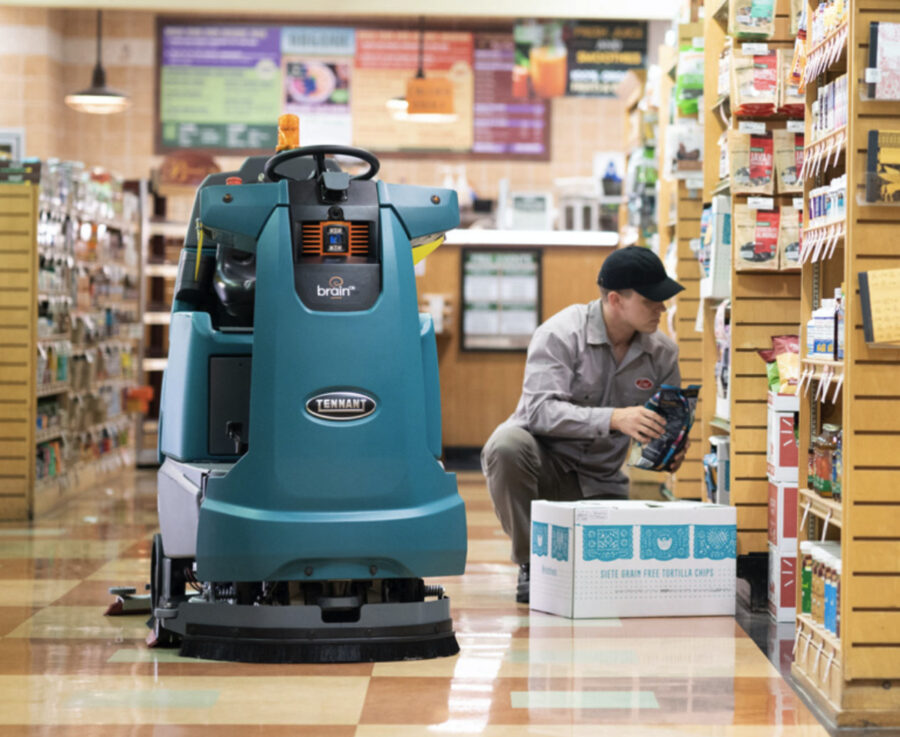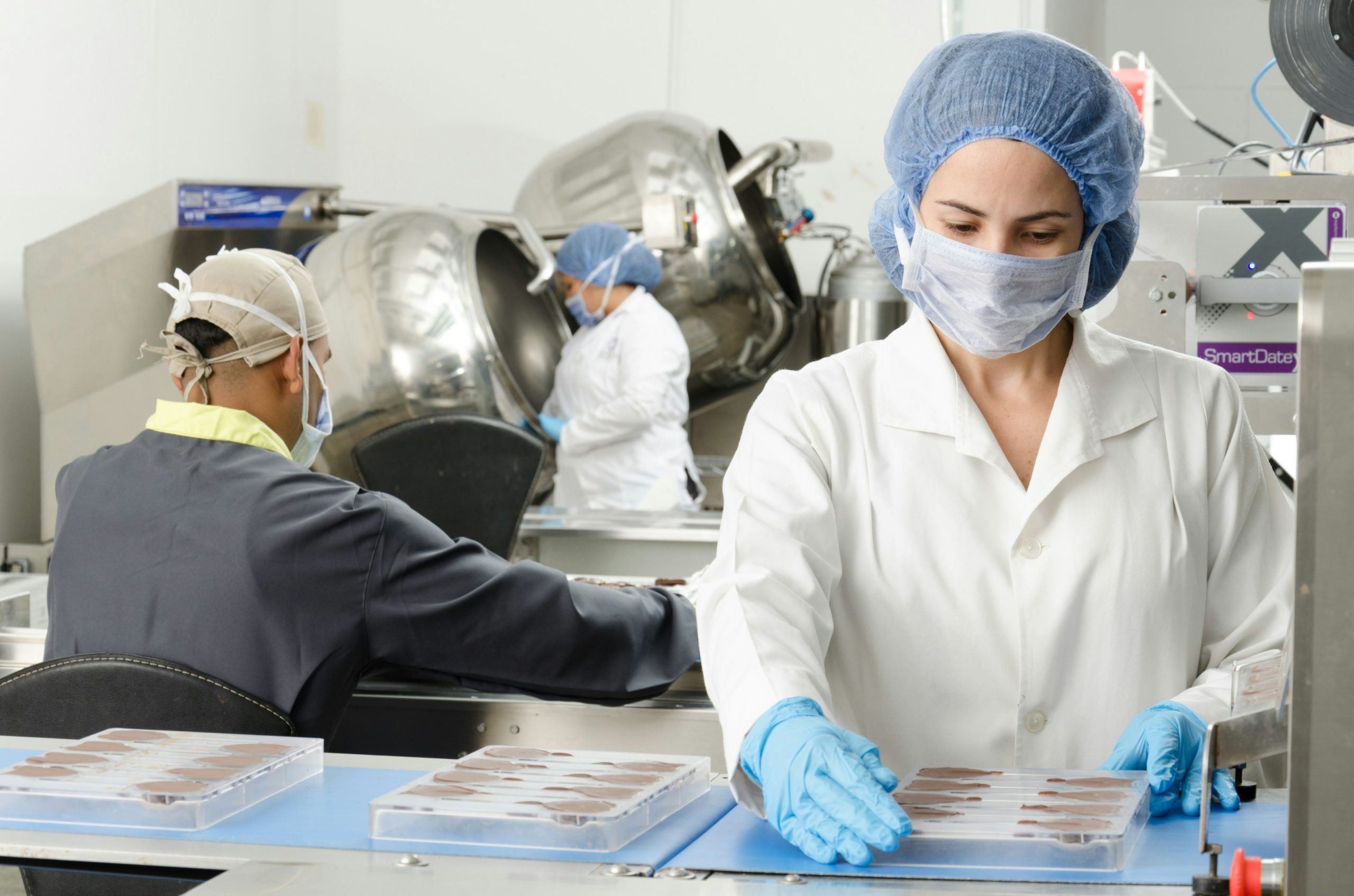Retailers including Walmart and Kroger have embraced in-store robots to help keep stores clean on a consistent schedule, and the automated tools offer benefits for any retailer to enhance its operations. Properly used robots can make the store more appealing and help shore up worker shortages in both the short and long terms.
“The labor shortage is a big challenge, and the amount of people that are calling in sick because of the pandemic,” said Michel Spruijt, Chief Revenue Officer at BrainCorp. “There is a big need for consistent cleaning, and a robot is never ill.”
Robots can also help the staff focus on valuable customer-focused tasks rather than basic operations, according to Spruijt. He noted that going around the store with a scrubber can be laborious and not the most productive use of an associate’s time. Since a robot follows the same pattern every single day, it’s the perfect job for the automated asset.
That said, retailers can’t just purchase a robot, set it loose in their stores, and hope for the best. He noted that “when you buy a robot, you buy a process,” and the way the robot works for any given store can change based on its layout and day-to-day operations.
“You need to really think about your process in the store, including filling the shelves, because when you’re stocking there are a lot of a lot of palettes and boxes in the store,” said Spruijt. “So it’s not a good time to clean. What you need to do is look at your operations and make sure that all the processes that you have are complementary to each other. If you want to clean when the store is full of palettes or when it is between four and seven — when there are a lot of people in the store — you get less productivity out of the units.”
Spruijt noted that some of BrainCorp’s customers run cleaning robots during the busy hours anyway because the extra cleanliness outweighs the inconvenience the robots may cause customers. It’s up to each retailer to create a process that fits their specific needs.
Robots also can help in other ways, from scanning shelves, to restocking, to mapping out stores to provide virtual maps that let regional managers remotely optimize KPIs and operations. Not every retailer can immediately implement the technology, but they can still benefit from keeping an eye on the possibilities.
“You can look at robots two ways,” said Spruijt. “One, you can run away from it until it bites you, or you embrace it and see how it can help you. It might be that it cannot help you today, but it will be able to help you tomorrow. And you need to be in this constant flow of examining the benefits.”











